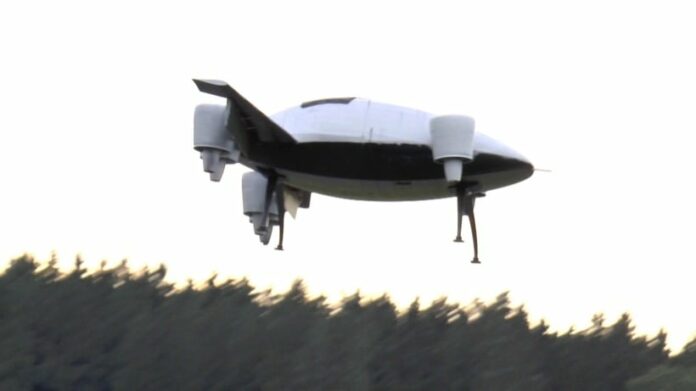We rarely get so excited about seeing anything these days, but Lilium, the world’s first electric vertical take-off and landing jet, made us just bust a nut!
There are many other companies pursuing the same goal in creating flying taxis/cars, but Lilium has surpassed its competitors with its superior approach, not only to design but its technological innovative approach to aeronautical engineering.
This incredible machine could only be innovated by the masters of vehicular engineering, the Germans.
Not only is the aeronautical design of the flying vehicle smooth simple, streamlined and classy, but its transition electrical propulsion VTOL (Vertical Take-Off and Landing) system is thoroughly unique and truly does embody what we want to see in the future skies.
The Lilium Jet consists of a rigid winged body with 12 flaps. Each one carries three electric jet engines. Depending on the flight mode, the flaps tilt from a vertical into a horizontal position.
At take-off, all flaps are tilted vertical, so that the engines can lift the aircraft. Once airborne, the flaps gradually tilt into a horizontal position, leading the aircraft to accelerate. When they have reached complete horizontal position, all lift necessary to stay aloft is provided by the wings as on a conventional aeroplane.
The beauty of this system is its simplicity. In comparison to existing concepts, Lilium Jets require no gearboxes, no foldable or variable pitch propellers, no water-cooling, and no aerodynamic steering flaps. Just tiltable electric engines.
What’s more: The Lilium Jet has the highest possible structural efficiency. As we can provide differential thrust from the engines in cruise flight, no stabilizing tail is necessary.
This supreme feat of engineering excellence means that the Lilium Jet is highly efficient in its usage of energy, safe, and environmentally friendly.
Can’t wait till these things hit the skies.





